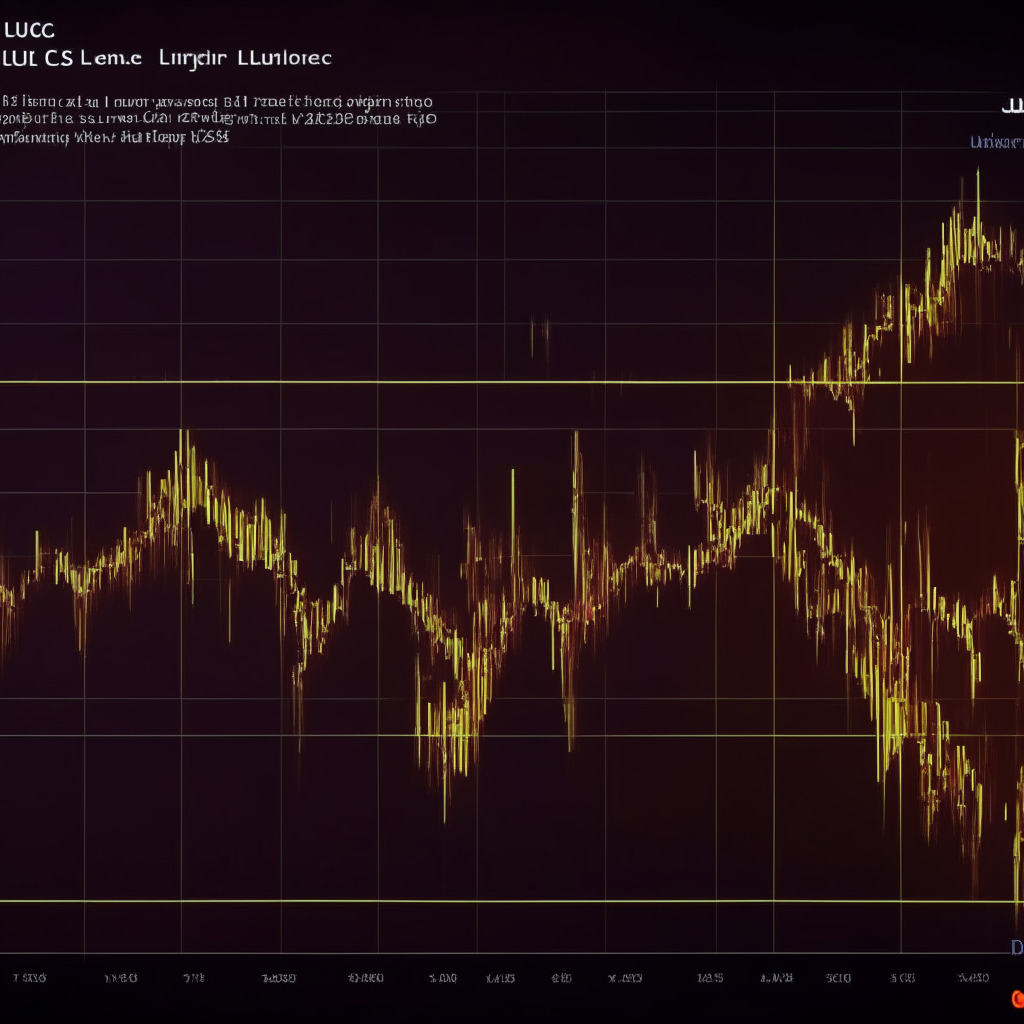Crypto hardware wallet manufacturer Ledger recently announced a retrenchment of 12% of its workforce. This decision comes amidst a prolonged slump in the overall crypto market, which has resulted in downsizing across various industry players. Ledger, currently employing 734 individuals has chalked up to nearly 90 layoffs.
At the heart of these job cuts, CEO Pascal Gauthier cited macroeconomic challenges impeding revenue generation as a predicament. This move is framed as a necessary strategy to ensure the company’s longevity.
Unquestionably, the past two years witnessed a rhapsodic performance across the crypto industry. Top-performers like Bitcoin and Ethereum broke record highs, while many altcoins swelled up to unprecedented market caps. Non-fungible tokens (NFTs) and Decentralized Finance (DeFi) platforms also experienced significant expansion.
However, the luster of the crypto bull market has begun to dim. Unanticipated spikes in global inflation spurred central banks to slap the economy with aggressive interest rate ups and liquidity tightening. Disasters like the Terra ecosystem collapse and FTX bankruptcy added fuel to the flames. The effect was a 60% plunge in Bitcoin’s value from its 2021 highs and a similar trend with many altcoins stooping over 90%.
Today, DeFi markets are mere shadows of their thriving former selves. They hover around a total value locked (TVL) across all chains at nearly $78 billion, a precipitous drop from over $300 billion in late 2021. The same is true for spot trading volumes across major exchanges that are at their lowest since late 2020.
These poor market conditions explain why many crypto firms have seen contracted revenues. There were almost 30,000 layoffs in the sector from April 2022 to March 2023.
Despite the overall market contraction, there are still rays of hope on the horizon. Bitcoin has risen more than 75% from its 2022 nadir, and institutional interest remains steadfast. There is a renewed optimism about its long-term future, punctuated by industry giants like Paypal and their planned PYUSD stablecoin entering the crypto sphere.
The anticipation of eased global monetary conditions and potential Federal rate cuts adds to the optimism. Moreover, the expected approval of Bitcoin ETF from asset management moguls like BlackRock, Vanguard, and Fidelity in the forthcoming year would likely spur institutional adoption.
Historically, these events, such as the imminent Bitcoin halving, have served as powerful Bitcoin catalysts. As crypto prices potentially surge, there’s a likelihood of attracting the attention of speculators and retail investors disheartened by the 2022 downturn. This wave of interest spells potential for higher revenue for crypto companies and may mark the rise of a new crypto spring.
Source: Cryptonews




